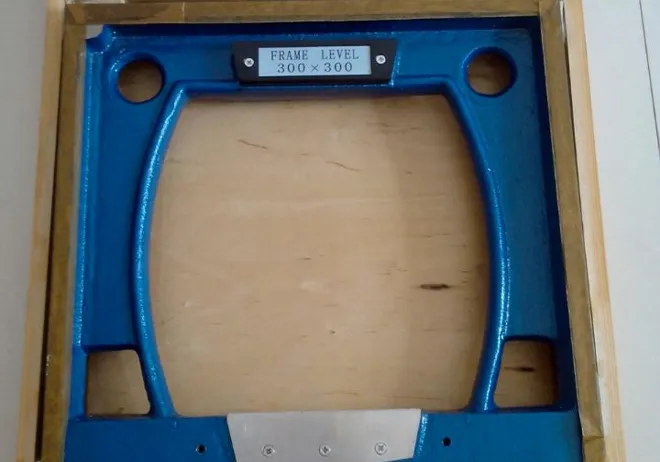marras . 12, 2024 01:23 Back to list
pressure gauge thread types
Understanding Pressure Gauge Thread Types
Pressure gauges are critical instruments used extensively in various industries, including manufacturing, oil and gas, and food processing. They provide accurate readings of pressure levels, which is vital for maintaining safe and efficient operational conditions. However, to ensure that these gauges function correctly, it’s essential to understand the various thread types used in their connections. This article delves into the different pressure gauge thread types, their applications, and why selecting the right thread type is crucial for optimal performance.
1. Importance of Thread Types
The threads on a pressure gauge are designed to create a reliable seal between the gauge and the connected piping or apparatus. A proper seal prevents leaks, which can compromise safety, influence readings, and lead to equipment failure. Using incompatible thread types can result in poor connections, leading to potential hazardous situations such as leaks or even explosions in extreme cases.
2. Common Thread Types
There are several standard thread types associated with pressure gauges, each serving specific purposes and industries. The most common include
- NPT (National Pipe Taper) NPT threads are widely used in the United States and are characterized by their tapered design, which allows for a tight seal when the threads are tightened. NPT threads are commonly found in industrial applications, where pressures can be significant, and safety is paramount.
- BSP (British Standard Pipe) Similar to NPT threads but with different dimensions and pitches, BSP threads are used predominantly in the UK and other Commonwealth countries. BSP threads can either be parallel (BSPP) or tapered (BSPT). It's essential to match the correct type of BSP thread with the corresponding fittings to ensure proper sealing.
- G (Metric Parallel) The G thread, or metric parallel pipe thread, is predominantly used in European countries. This thread type is designed for applications where a tight seal is necessary but does not require the tapered fit of NPT or BSPT threads. Instead, G threads depend on the use of sealing compounds or washers to create a leak-proof connection.
pressure gauge thread types

- M (Metric) The M thread, or metric thread, is used in various applications, especially when precision is necessary
. It is widely adopted in mechanical and automotive industries, where gauges need to fit various connection types securely.3. Factors Influencing Thread Selection
When choosing the appropriate thread type for a pressure gauge installation, several factors should be considered
- Application Environment The type of environment where the gauge will be used (industrial, outdoor, food processing) can influence the choice of threads. For instance, corrosive environments might require stainless-steel gauges with specific threads that can withstand the conditions.
- Pressure and Temperature Ratings Always verify the pressure and temperature ratings of both the gauge and the fittings. High-pressure applications, especially in oil and gas industries, often necessitate specific thread types that can safely accommodate elevated stress levels.
- Compatibility Ensuring compatibility between the gauge thread and the connected system is crucial. Using different thread types can lead to improper connections and potential leaks.
4. Conclusion
In conclusion, the selection of pressure gauge thread types plays a pivotal role in ensuring the functionality, safety, and reliability of pressure measurement systems. Understanding the differences between NPT, BSP, G, and M thread types allows professionals to make informed decisions that enhance operational safety and efficiency. Whether in a manufacturing plant, oil rig, or food processing facility, the correct thread type will ensure that pressure gauges perform their critical role effectively. By investing time in understanding these thread types, industries can mitigate the risks associated with pressure measurements, leading to safer and more efficient operations.
-
Threaded Ring Gauge Measurement UncertaintyNewsJul.14,2025
-
Spirit Level Ruler Calibration CheckNewsJul.14,2025
-
Magnetic V Block Material GradesNewsJul.14,2025
-
Indicating Micrometer Digital DisplaysNewsJul.14,2025
-
How Accurate is a Typical Ruler with Right AngleNewsJul.14,2025
-
Go No Go Pin Gauge Temperature EffectsNewsJul.14,2025
Related PRODUCTS









